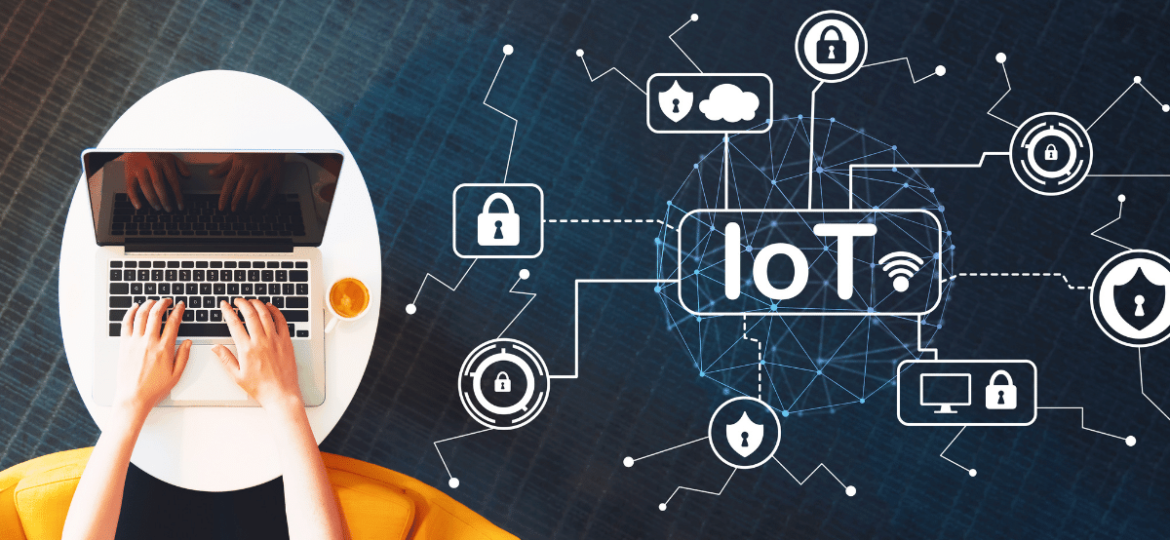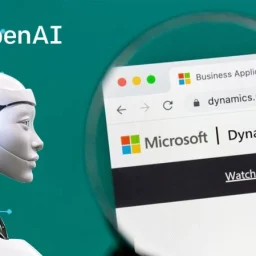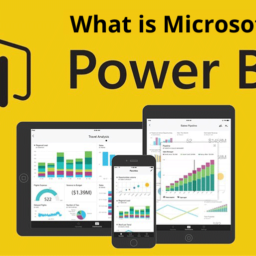
The Internet of Things (IoT) is a system of interrelated devices connected to a network and/or to one another, exchanging data without necessarily requiring human-to-machine interaction. In other words, IoT is a collection of electronic devices that can share information among themselves. Examples include smart factories, smart home devices, medical monitoring devices, wearable fitness trackers, smart city infrastructures and so on.
A quick Internet search highlighted the following example use cases/applications under consideration:
• Machine-to-machine communication
• Machine-to-infrastructure communication
• Telehealth: remote or real-time pervasive monitoring of patients, diagnosis and drug delivery
• Continuous monitoring of, and firmware upgrades for, vehicles
• Asset tracking of goods on the move
• Automatic traffic management
• Remote security and control
• Environmental monitoring and control
• Home and industrial building automation
• “Smart” applications, including cities, water, agriculture, buildings, grid, meters, broadband, cars, appliances, tags, animal farming and the environment.
Smart Factories
The manufacturing industry has begun to adopt commercial IoT applications. Referred to as industrial Internet of Things (IoT), networked machines in a production facility can communicate and share information with the goals of improving efficiency, productivity, and performance. The application of IoT can vary significantly, from detecting corrosion inside a refinery pipe to providing real-time production data.
Smart Homes:
Consumer IoT devices used in homes and buildings are often grouped under the “smart home” category, including smart appliances, smart TVs, smart entertainment systems, smart thermostats, and network connected light bulbs, outlets, door locks, door bells, and home security systems. These smart home IoT devices can be connected to a single network and controlled remotely over the internet via a mobile device or computer.
Security
While security considerations are not new in the context of information technology, the attributes of many IoT implementations present new and unique security challenges. Addressing these challenges and ensuring security in IoT products and services must be a fundamental priority. Users need to trust that IoT devices and related data services are secure from vulnerabilities, especially as this technology become more pervasive and integrated into our daily lives. Poorly secured IoT devices and services can serve as potential entry points for cyber attack and expose user data to theft by leaving data streams inadequately protected.
The interconnected nature of IoT devices means that every poorly secured device that is connected online potentially affects the security and resilience of the Internet globally. This challenge is amplified by other considerations like the mass-scale deployment of homogenous IoT devices, the ability of some devices to automatically connect to other devices, and the likelihood of fielding these devices in unsecure environments.
As a matter of principle, developers and users of IoT devices and systems have a collective obligation to ensure they do not expose users and the Internet itself to potential harm. Accordingly, a collaborative approach to security will be needed to develop effective and appropriate solutions to IoT security challenges that are well suited to the scale and complexity of the issues.
Privacy
The full potential of the Internet of Things depends on strategies that respect individual privacy choices across a broad spectrum of expectations. The data streams and user specificity afforded by IoT devices can unlock incredible and unique value to IoT users, but concerns about privacy and potential harms might hold back full adoption of the Internet of Things. This means that privacy rights and respect for user privacy expectations are integral to ensuring user trust and confidence in the Internet, connected devices, and related services.
Interoperability / Standards
A fragmented environment of proprietary IoT technical implementations will inhibit value for users and industry. While full interoperability across products and services is not always feasible or necessary, purchasers may be hesitant to buy IoT products and services if there is integration inflexibility, high ownership complexity, and concern over vendor lock-in.
The Internet of Things is happening now. It promises to offer a revolutionary, fully connected “smart” world as the relationships between objects, their environment, and people become more tightly intertwined. Yet the issues and challenges associated with IoT need to be considered and addressed in order for the potential benefits for individuals, society, and the economy to be realized.
References:
https://www.internetsociety.org/resources/doc/2015/iot-overview/
https://sgp.fas.org/crs/misc/IF11239.pdf
https://www.nxp.com/docs/en/white-paper/INTOTHNGSWP.pdf




